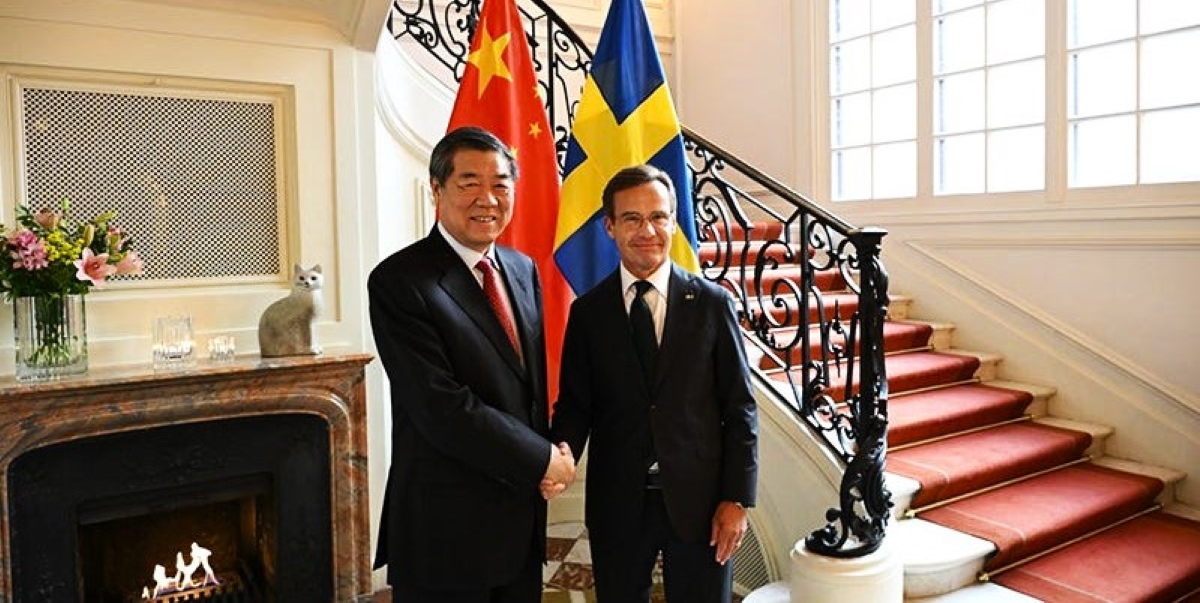By SHEN Shiwei
The latest round of trade talks has touched on some deeply rooted issues and laid the foundation for further talks.
There are still some uncertainties and opportunities about future talks.
Anyway, China and the United States have agreed to extend the pause regarding the 24 percent ‘reciprocal tariffs’ imposed by the U.S., as well as China’s countermeasures.
A deadline for the pause has been set for August 12, 2025.
The United States Treasury Secretary, Scott Bessent said, the talks helped them to understand China’s agenda “much better” and indicated that another meeting is likely in about 90 days.
No joint statement, separate press briefings highlight main focus
As predicted, no joint communiqué was released.
Each side held its own press conference to convey the issues.
From the Chinese side
In a Chinese readout, China and the U.S. held “candid, in-depth and constructive discussions” on bilateral economic and trade relations, macroeconomic policies, and other trade and economic issues of mutual interest.
He Lifeng, Chinese vice premier, urges stronger China-U.S. cooperation and less misunderstanding, adding that a stable, healthy and sustainable China-U.S. economic and trade relationship serves not only the two countries’ respective development goals but also contributes to global economic growth and stability.
Li Chenggang, China international trade representative with the Ministry of Commerce and Vice Minister of Commerce, said the two sides conducted a comprehensive exchange on their respective macroeconomic situations, reviewed the progress in implementing the Geneva and London consensuses, and acknowledged the positive outcomes, adding that both sides engaged in frank communication regarding their key economic and trade concerns.
From the U.S. side
U.S. Treasury Secretary Scott Bessent said that the U.S. and China will continue talks over maintaining a tariff truce before it expires in two weeks, and that President Donald Trump will make the final call on any extension.
Bessent added that the talks helped U.S. officials understand China’s agenda “much better,”
Bessent characterized the meeting’s tone as “very constructive,” noting, “we’re not decoupling from China; we want to de-risk,” adding that he thinks the U.S. side had “great momentum” heading into the talks.
U.S. Trade Representative Jamieson Greer confirmed no agreement was reached on export controls, especially regarding rare earth magnets, remarking, “We don’t want to talk about magnets anymore.”
U.S. National Economic Council Director Kevin Hassett stated that President Trump will review the final details presented by the team and is expected to be satisfied with the results.
Hassett also said that extending the tariff suspension by three months is an option for Trump’s approval.
Why were the China-U.S. trade talks held in Sweden?
Sweden is recognized as politically neutral and maintains strong political and economic ties with both China and the U.S.

On July 27, Swedish Prime Minister Ulf Kristersson met with Chinese Vice Premier He Lifeng in Stockholm, as the two countries vowed to deepen cooperation and uphold free trade.
Vice Premier He stated that China is ready to work with Sweden to enhance communication and deepen cooperation on the basis of mutual respect, mutual trust, equality and mutual benefit.
Both sides should jointly uphold multilateralism and free trade and promote the sound and steady development of bilateral relations, He added. He also briefed the Swedish side on request on the latest round of China-U.S. economic and trade talks.
In Nutshell
As the negotiations move into what observers call “deep waters,” the complexity of the topics increases. This round of negotiations was fundamentally about exploring whether the current“tariff truce” would be extended, rather than reaching any final agreement or signing ceremony.
Held at the Rosenbad building, the office of Swedish Prime Minister Ulf Kristersson, the Stockholm meeting follows previous China-U.S. trade talks in Geneva in May and London in June. Why Sweden and what comes next?

